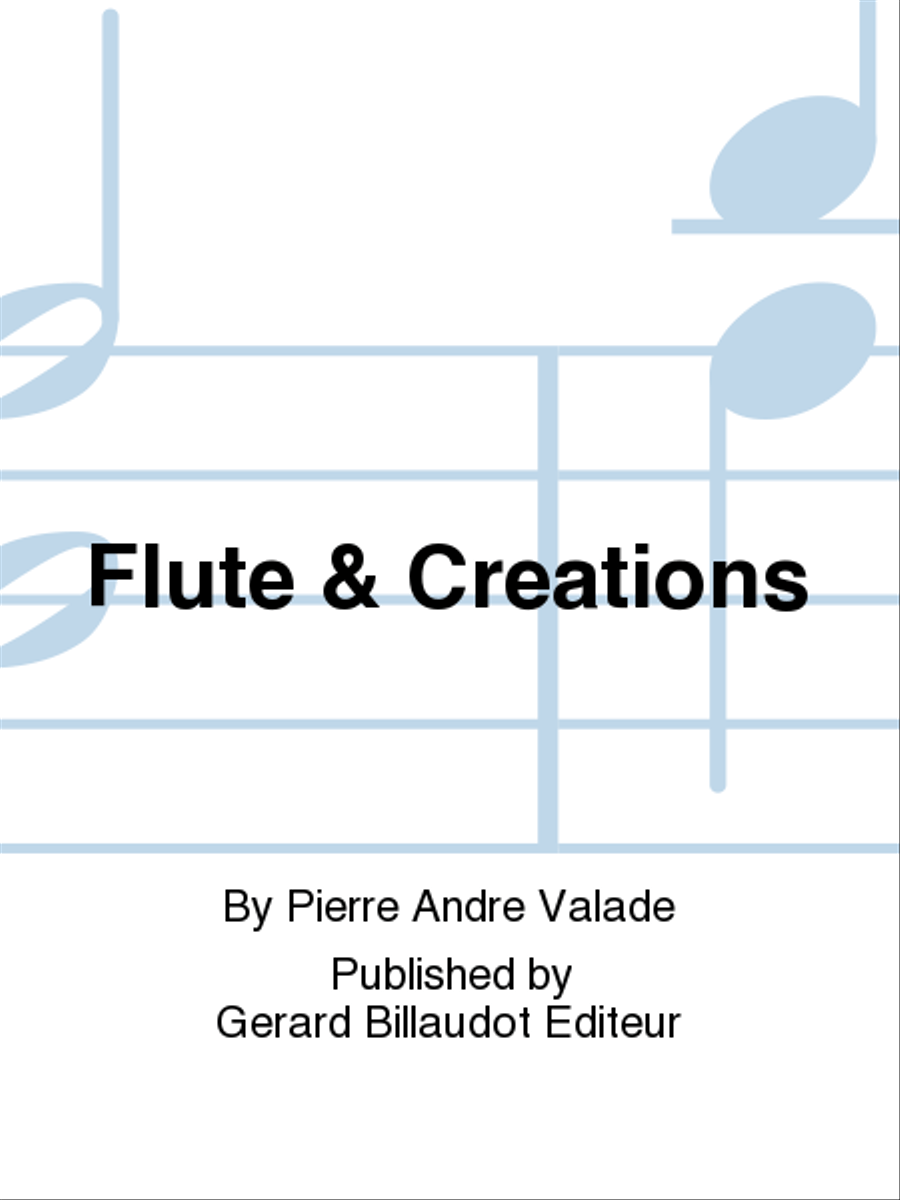Flute & Creations$60.00 - See more - Buy online Lead time before shipment : 1 to 2 weeks Composed by Pierre Andre Valade. For Flute. Standard notation. Gerard Billaudot Editeur #524-04878. Published by Gerard Billaudot Editeur Publisher : Billaudot
|








